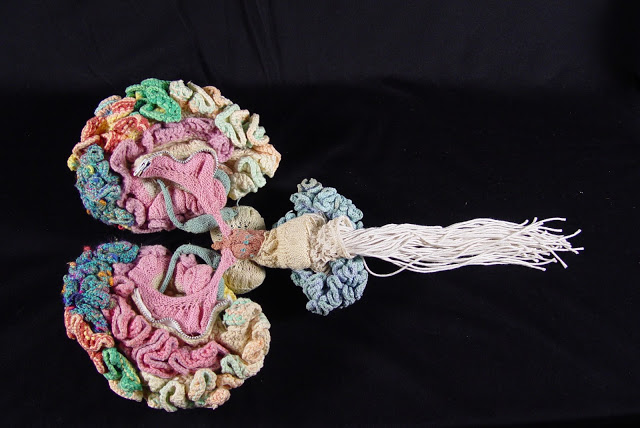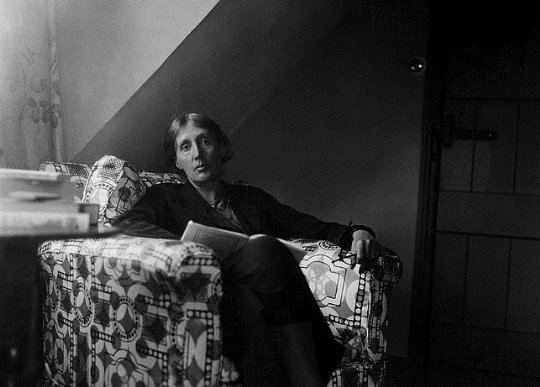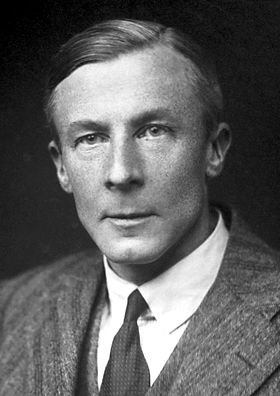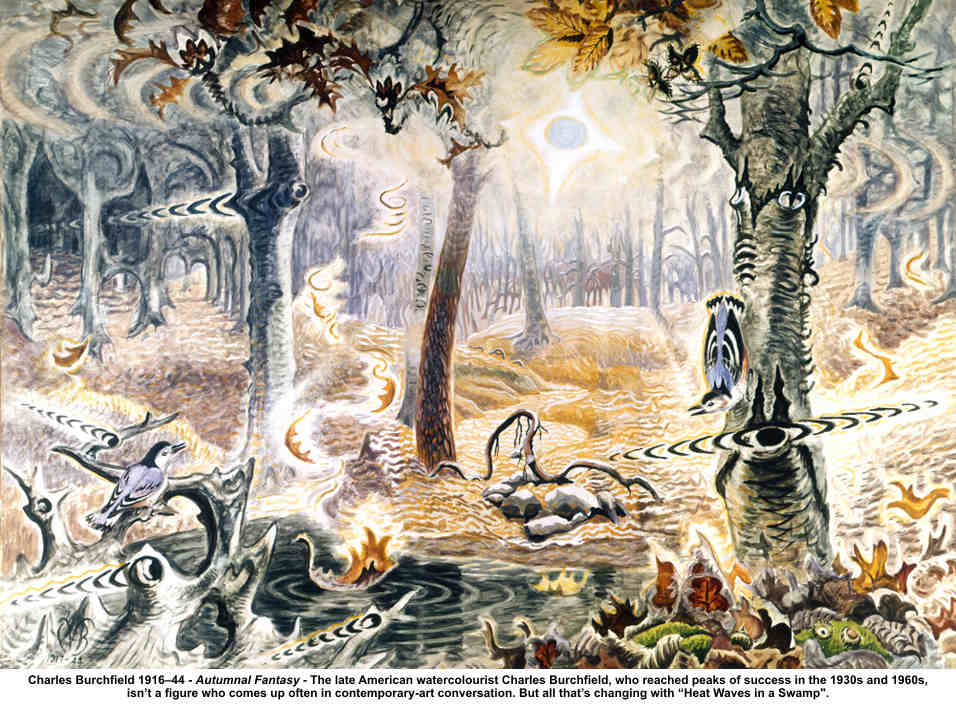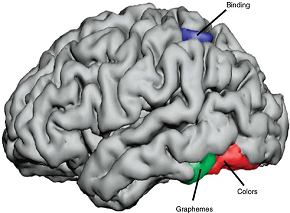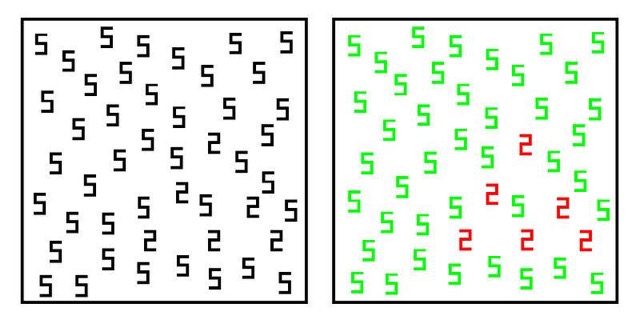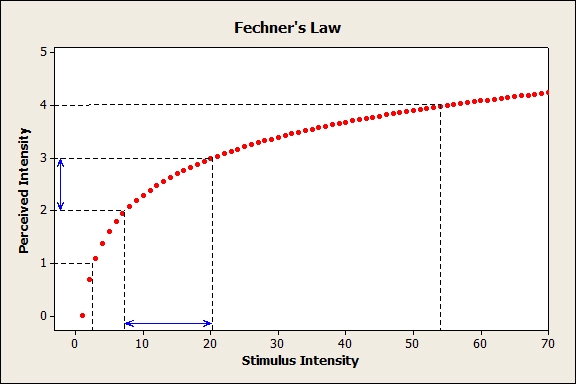Perception involves the routing, identification, and interpretation of energy and information in our environment, both external and internal. Typically it begins with detection by sensory neurons, and the relay of this information to specific neural networks in the brain.
In this class we will investigate the mechanisms that underlie sensory detection of specific categories of stimuli (including vision, audition, gustation, somatosensation, olfaction, nociception, etc…), and the CNS networks involved in perceptual discrimination, interpretation, and complex cognitive responses.
We’ll also look at how these critical and adaptive networks develop, and how they are influenced by drugs and, ultimately, decay. Hallucinations are often a fascinating consequence…
We’ll also explore how artists have approached, understood and integrated aspects of sensory detection and perception into often extraordinary works that compel, move, inspire, and affect our understanding of ourselves, and our world. During this course you’ll have the opportunity to create objects designed to help you reflect on and understand the concepts we’ll discuss…
Source: Artist Karen Norberg; The Museum of Scientifically Accurate Fabric Brain Art
SLIDES: Introduction
3_Electrical properties of neurons
“Is this real?” – Neo
“What is real? How do you define real? If you’re talking about what you can feel, what you can taste and see, then real is simply electrical signals interpreted by your brain. This is the world that you know…” – Morpheus’s (Lawrence Fishburne’s) answer to Neo (Keanu Reeves) in The Matrix (1999).
Neo’s question was asked long before, by Greek philosopher Plato, in “The Allegory of the Cave” (from Plato’s “Republic,” written around 380 BCE). Plato compares our reality to that of prisoners in a cave, tethered there since childhood, only able to see the wall directly in front of them. Other people walk behind them, in front of a fire, casting shadows on the wall. What is their perception of reality? Is it complete? Does it differ from ours? Why or why not..? And is our own “reality” complete..?
“What is meant by ‘reality’? It would seem to be something very erratic, very undependable… It lights up a group in a room and stamps some casual saying. It overwhelms one walking home beneath the stars and makes the silent world more real than the world of speech—and then there it is again in an omnibus in the uproar of Piccadilly…. whatever it touches, it fixes and makes permanent.
That is what remains over when the skin of the day has been cast into the hedge; that is what is left of past time and of our loves and hates. Now the writer, as I think, has the chance to live more than other people in the presence of this reality. It is his business to find it and collect it and communicate it to the rest of us,”
– Virginia Woolf, A Room of One’s Own.
Sensory experience is essential during critical periods of brain development for properly routing detected stimuli through higher brain networks essential for sensory perception… BUT: Is perception necessary? Do all creatures that detect stimuli and respond with relevant behavior perceive?
Sensory detection and behavioral response: how do ants detect when another ant is dead?

EXPLORE: Edgar Adrian, 1932 winner of the Nobel Prize
Lord Adrian discovered that while the neuron’s electrical signal was stereotyped (a consistent “action potential”), different types of sensory neurons respond to different types of sensory stimuli, and send that information through different neural networks in the brain…
DISCOVER: How do neurons transmit information electrically?
Painting by synesthetic artist Charles Burchfield…
Synesthesia occurs when one type of sensory stimulus provokes not only that related percept, but also another perceptual modality, or quality. There is significant evidence to suggest that infants have far more multi-modal, synesthetic experiences than toddlers, and most adults…
LEARN MORE: Synaesthetic Associations Decrease During Infancy
Yet some teenagers and adults are synesthetic. We’ve encountered many in college and K-12 classrooms, some very surprised to learn that not everyone shares their unique perceptual experiences..!
People with grapheme-color synesthesia (where letters or numbers have specific associated colors) show activation of BOTH text and color areas of the visual system when they view letters/numbers. Non-synesthetes only show activation of text regions (in the ventral temporal lobe) when shown the same black text…
LEARN MORE: If you perceive it, a specific structural part of your brain is busy processing information
Gustav Fechner (1801 – 1887)
Pioneered work relating changes in the physical world (the sensory stimulus) to changes in our psychological experiences (the perpetual experience).
Fechner’s Law: the conscious perception of a stimulus (S) (e.g., the perceived “loudness” of a sound) is related to the log of the physical stimulus intensity (R) (e.g., intensity of sound, in decibels) multiplied by a constant (k)…
According to this law, our perceptual experience of stimulus intensity (e.g., the loudness of a sound we perceive) increases much less quickly than the actual real world physical stimulus (e.g., the sound waves themselves, measured in decibels) increases…
SLIDES: The chemical senses
Page under construction: more coming soon 🙂



